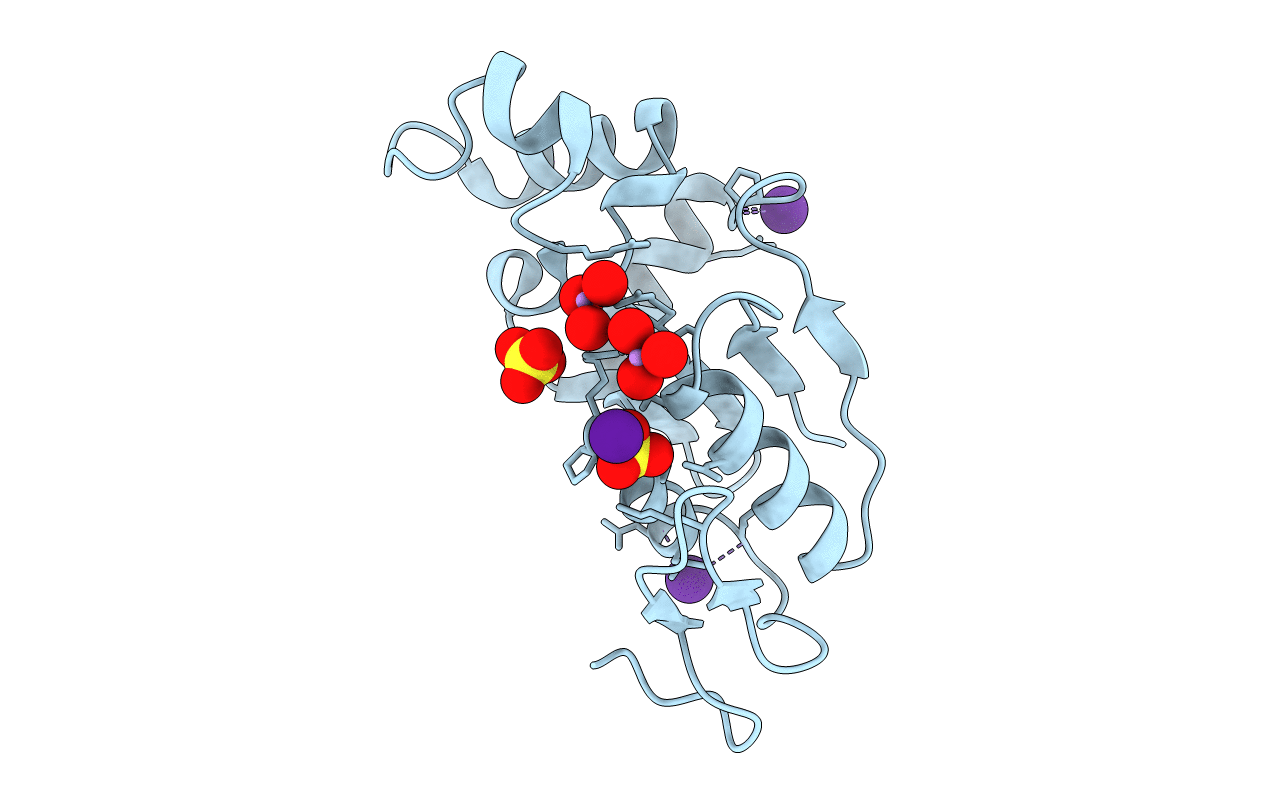
Deposition Date
2001-05-24
Release Date
2001-12-05
Last Version Date
2024-10-09
Method Details:
Experimental Method:
Resolution:
1.26 Å
R-Value Free:
0.17
R-Value Work:
0.13
R-Value Observed:
0.12
Space Group:
P 61 2 2


